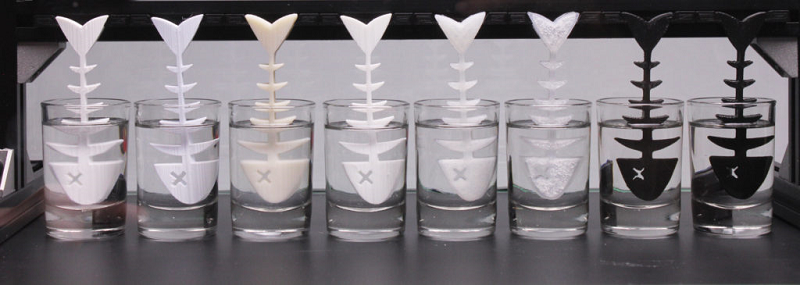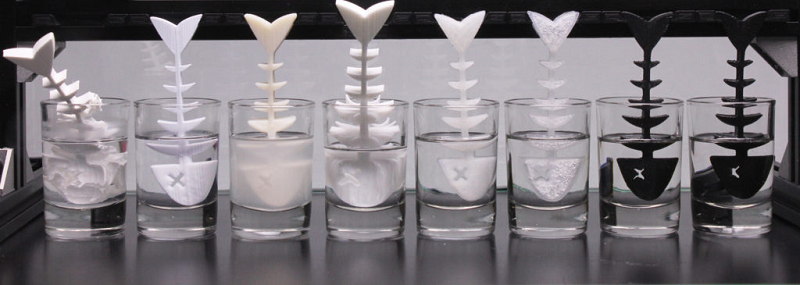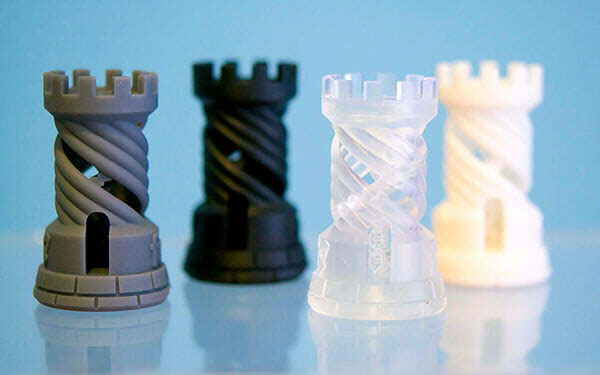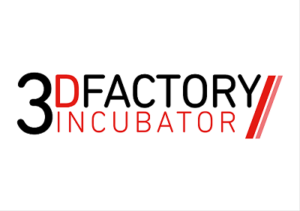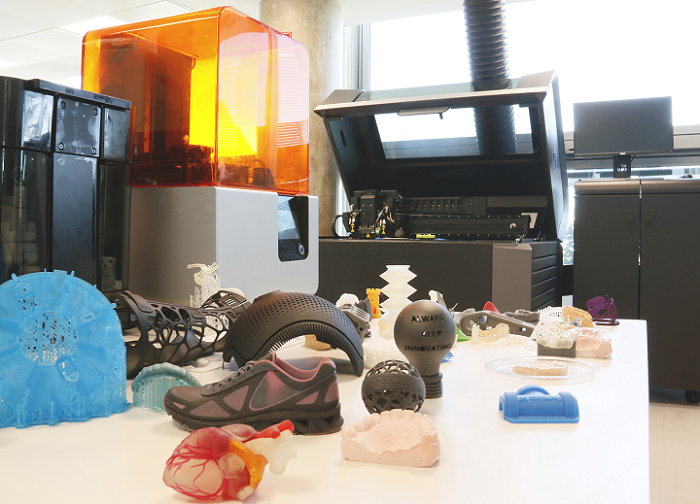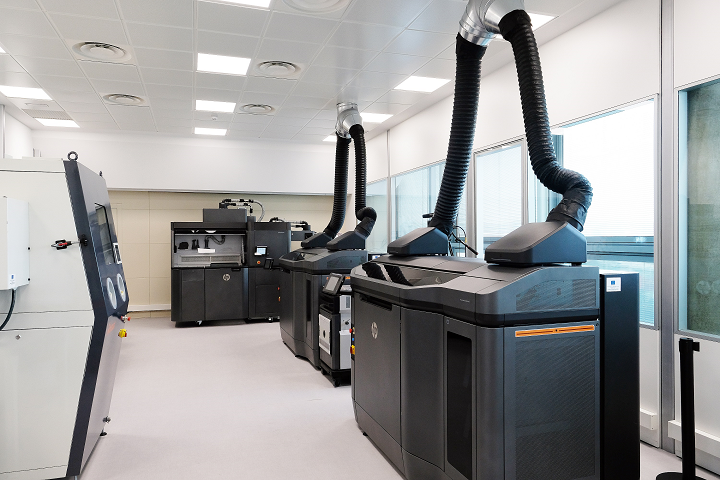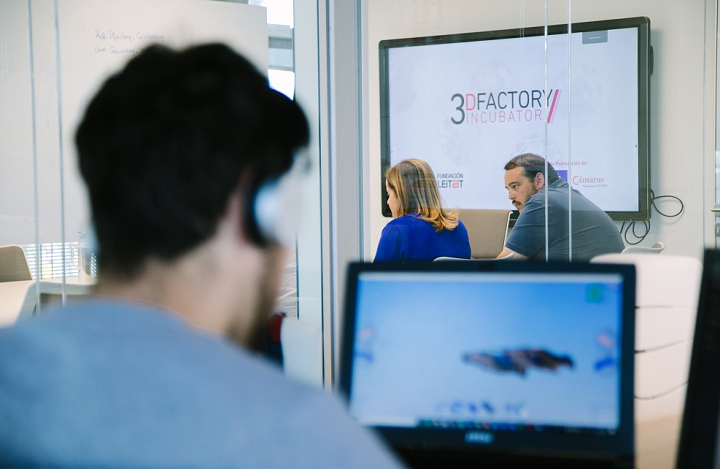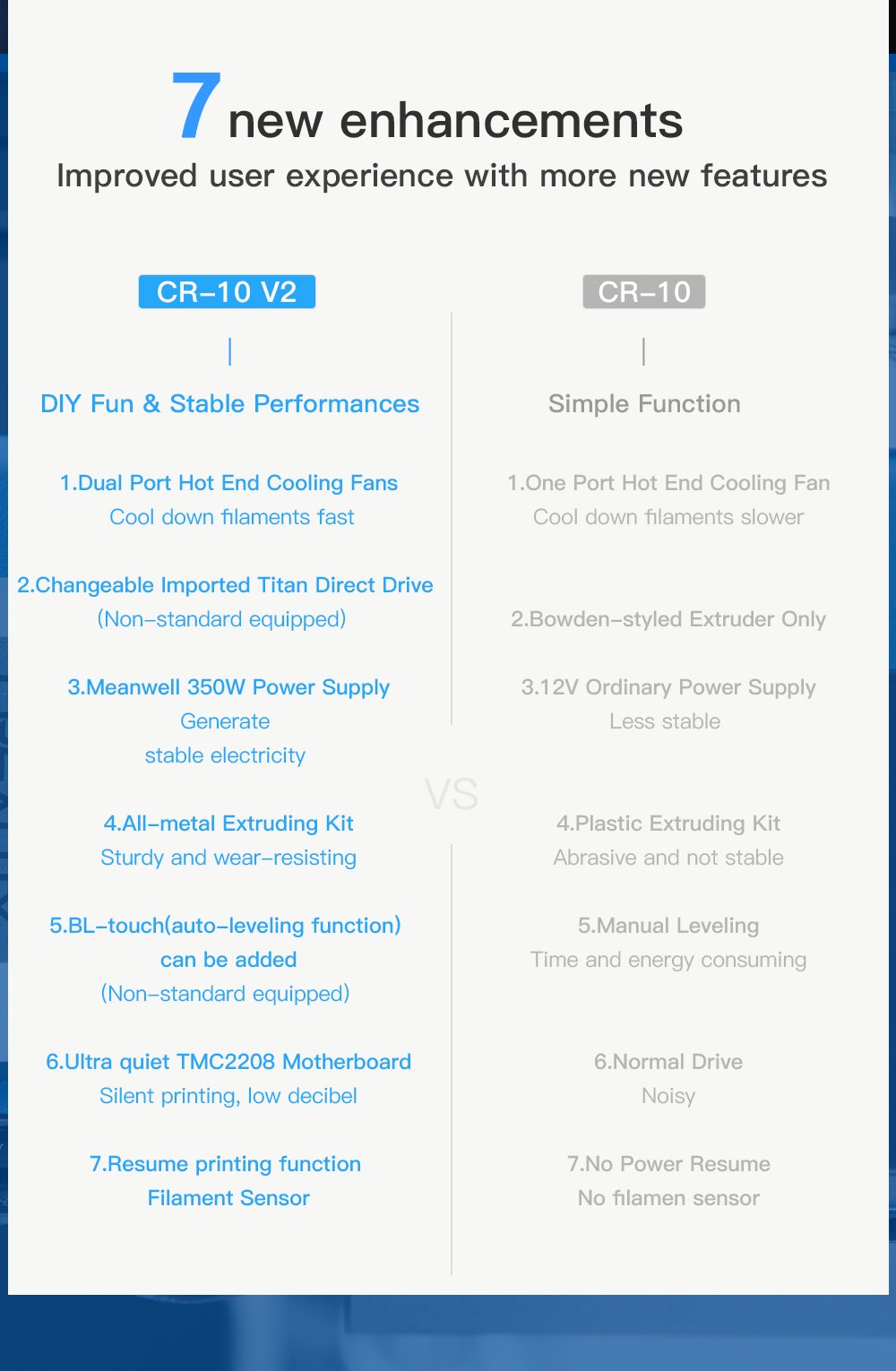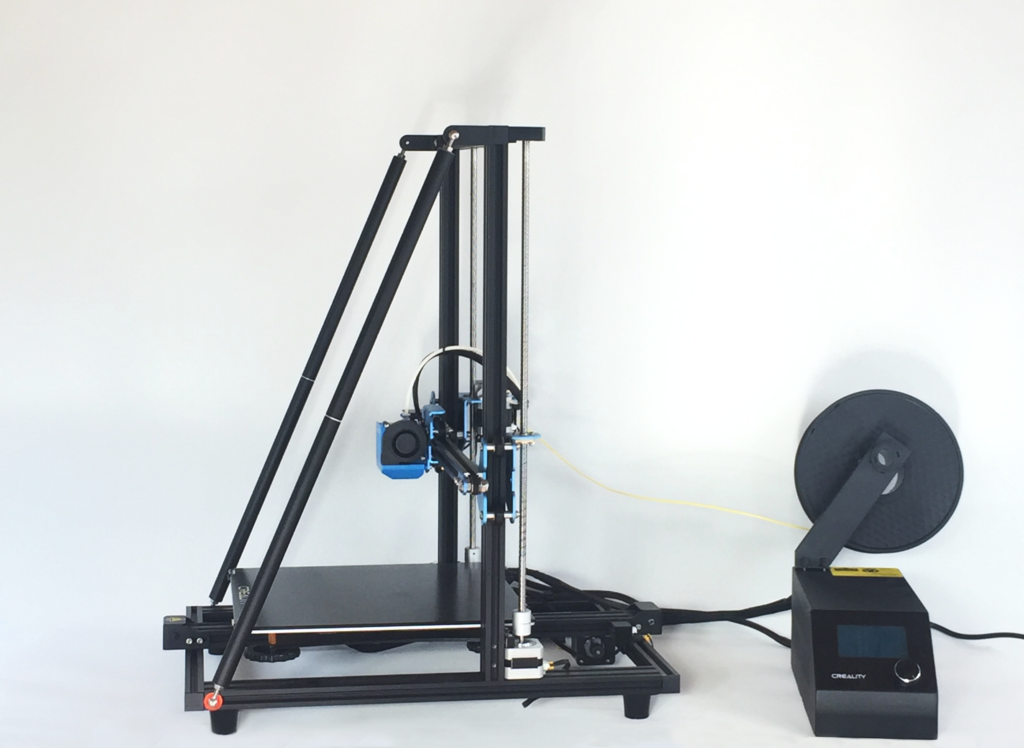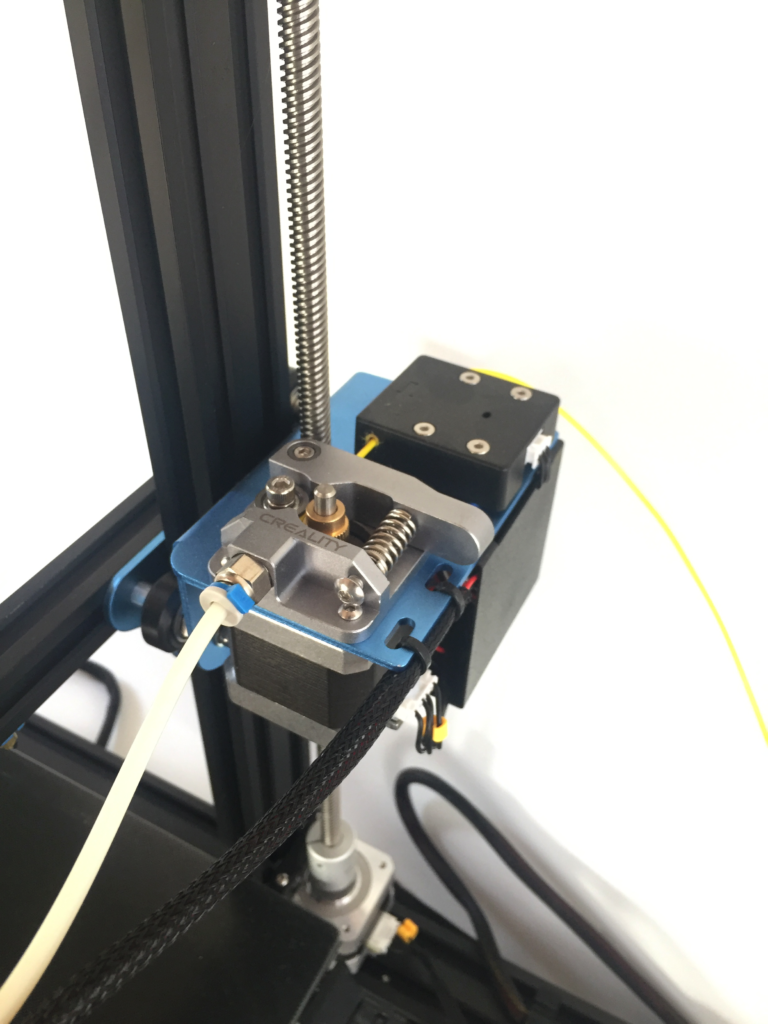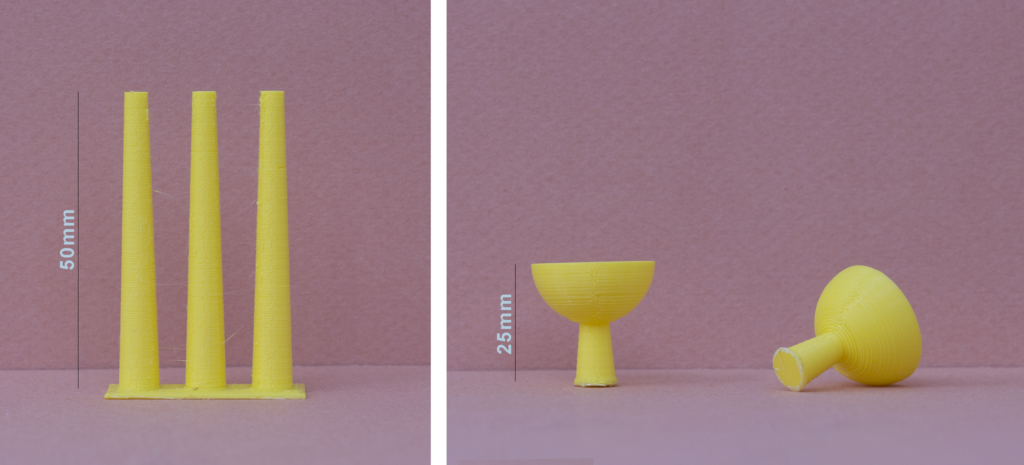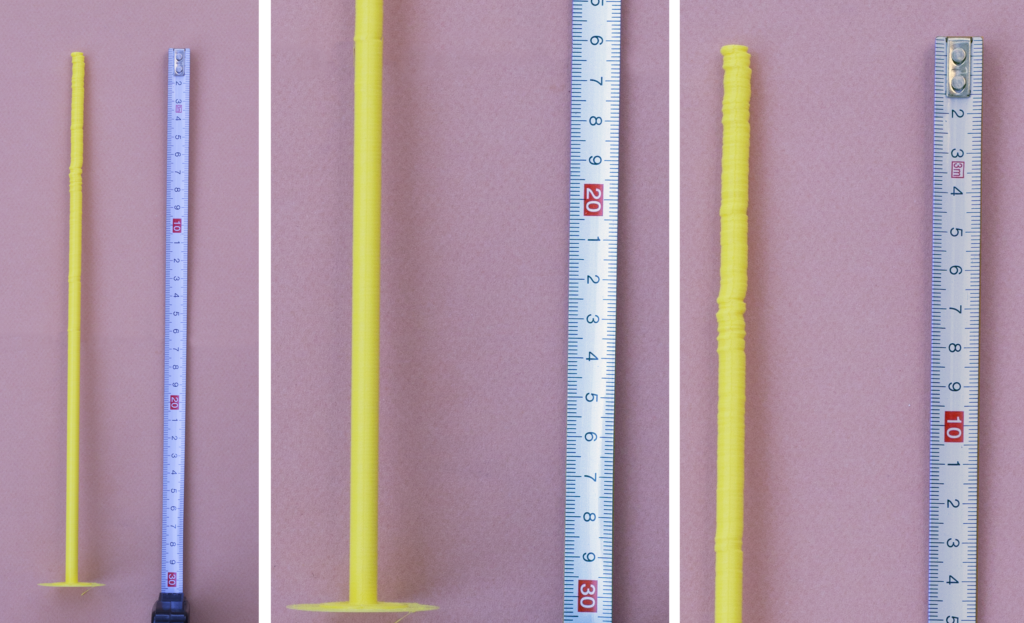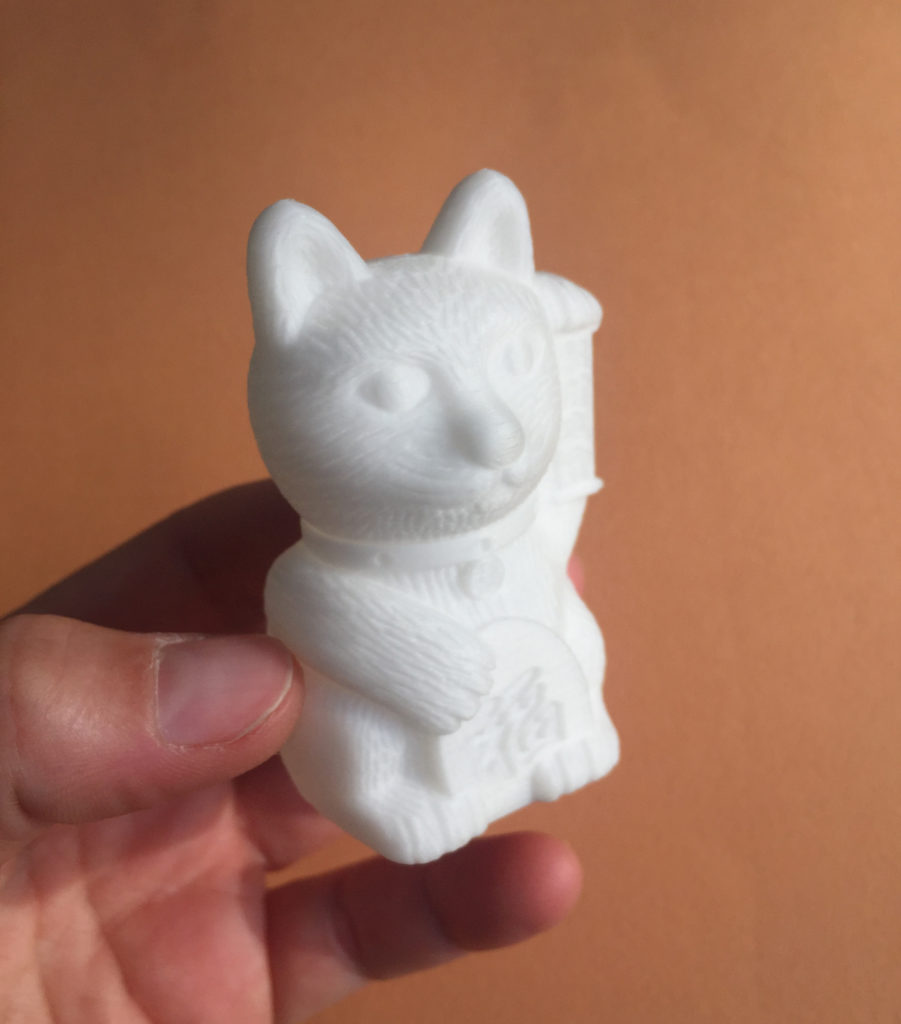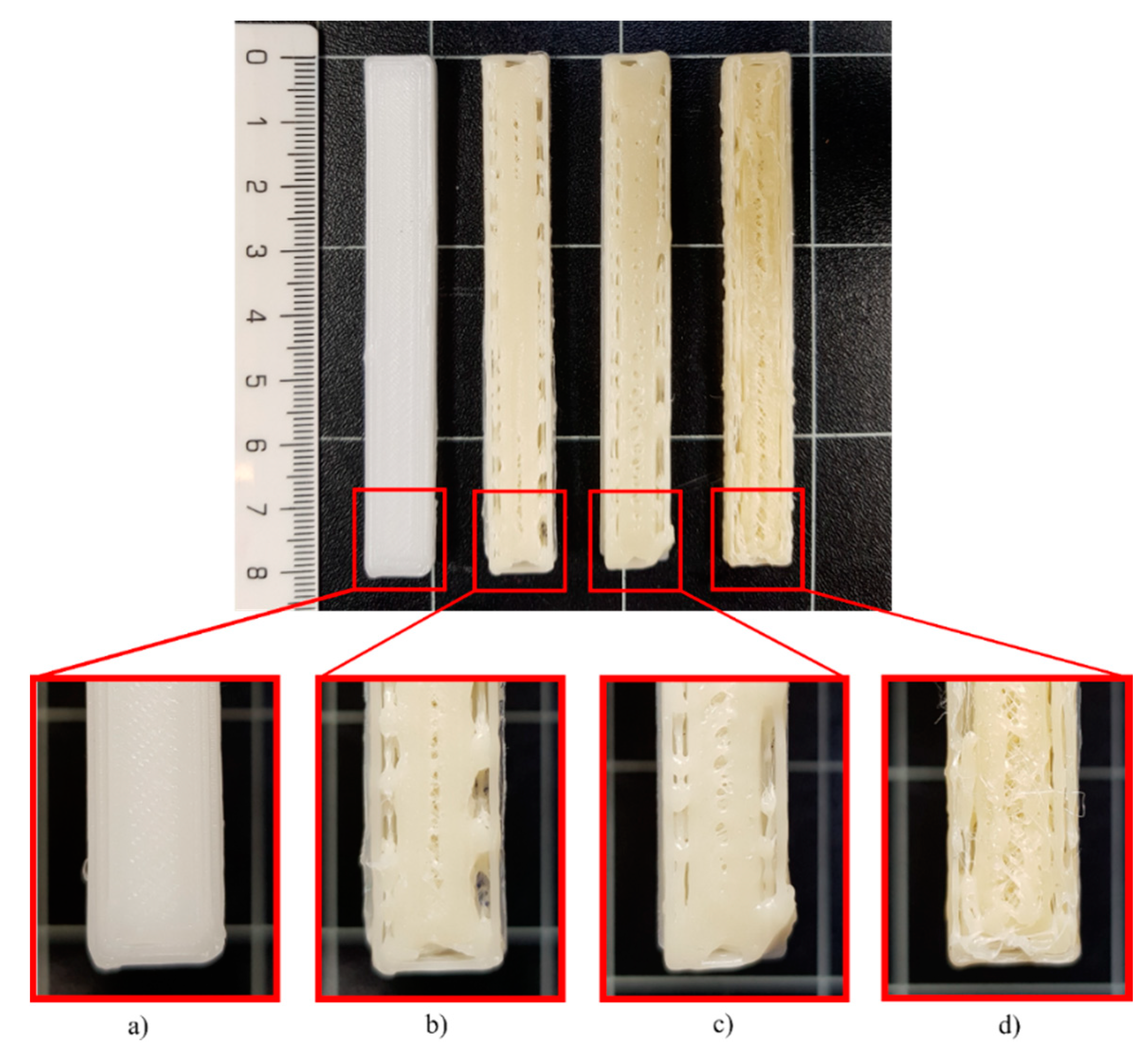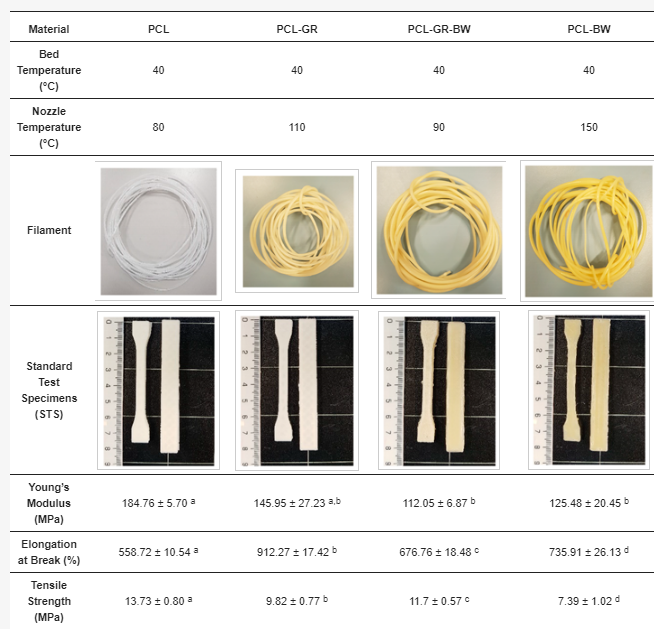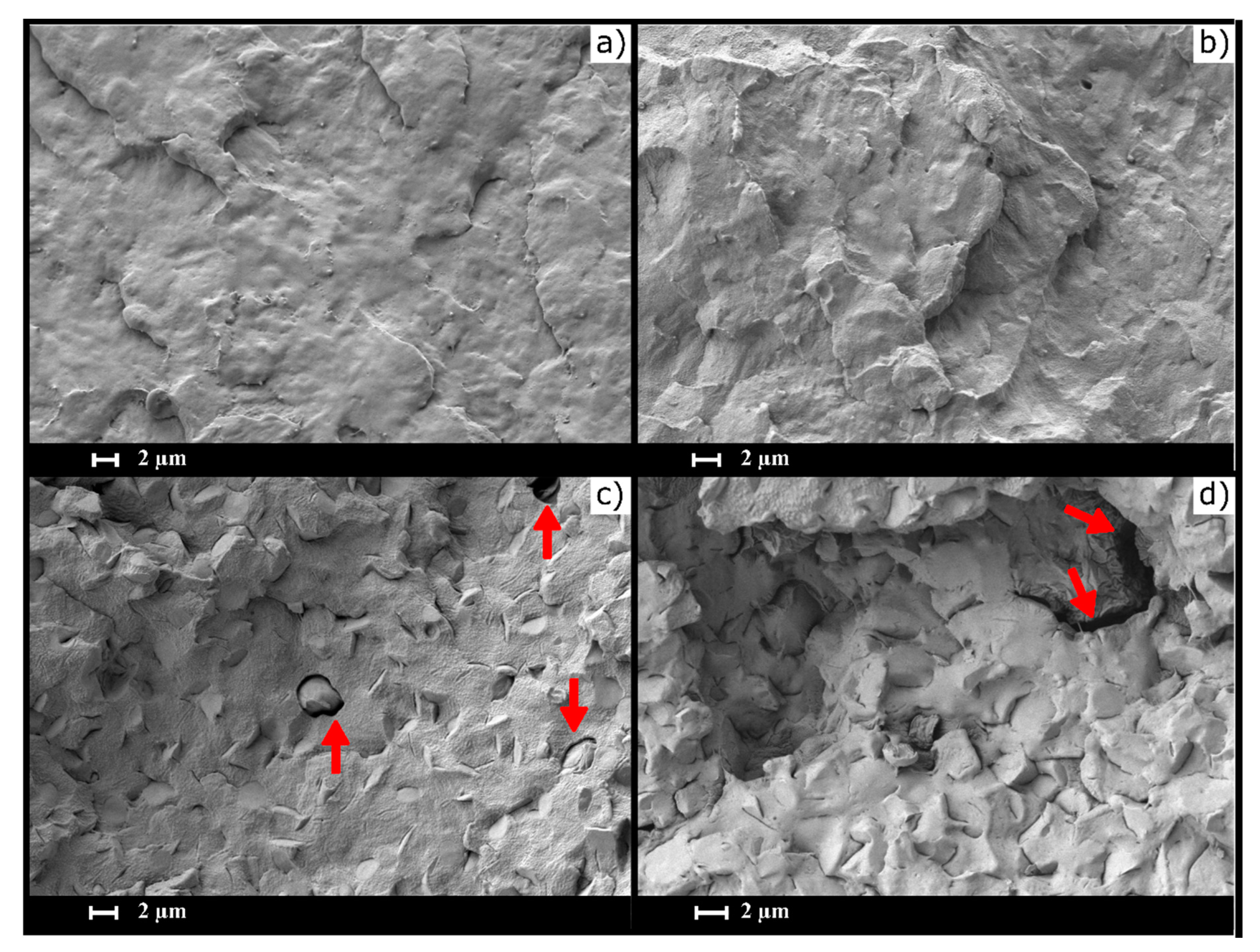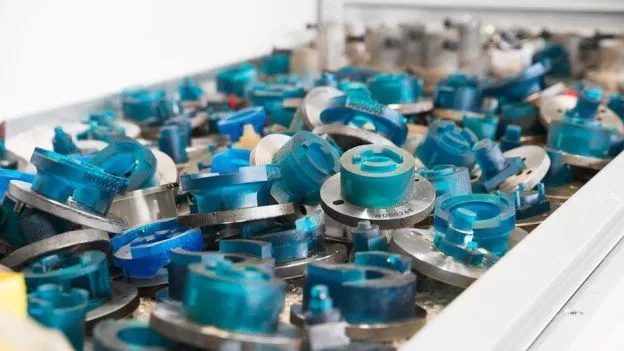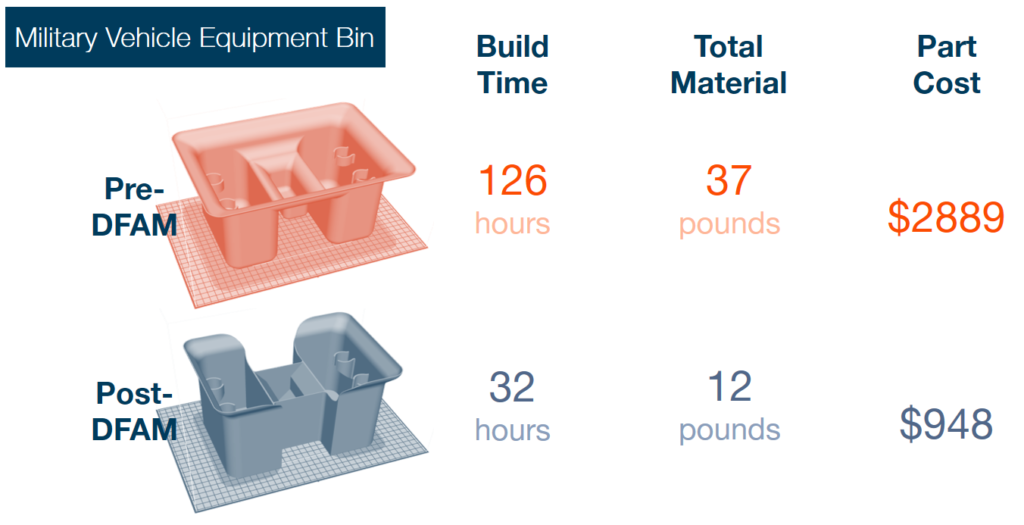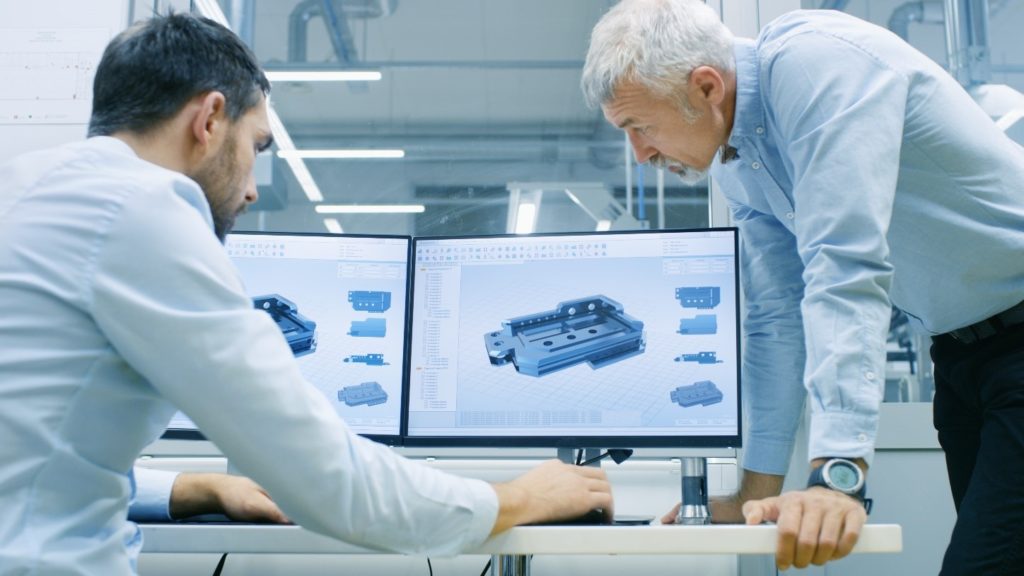A material’s ability to resist degradation, erosion, or impregnation from contact with liquids, solids, or vapors of a different nature, like chemical solvents, acids, and bases, is known as chemical resistance, and it’s pretty important to achieving successful parts. When you’re choosing the materials you want to use for 3D printed end-use applications, especially for industrial purposes, you should know each element’s chemical resistance. Some 3D printing materials can swell when exposed to the liquids or vapors of solvents, like alcohols, esters, ketones, fuel, brake fluid, motor oil, and various mixtures of mineral and synthetic hydrocarbons, which changes the end part’s mechanical properties and shape. Industrial parts need to be able to hold up well under contact with these kinds of corrosive products, so filaments should be chosen wisely.
Barcelona-based desktop 3D printer manufacturer BCN3D Technologies wanted to investigate the behavior of its main filaments when they came in contact with corrosive products, in order to better inform customers on which materials should be used for specific applications. So the company put eight of its materials to the test by pitting them against an organic solvent’s chemical attack.
“This experiment was carried out by partially immersing these 3D printed parts in a small volume of organic solvent,” BCN3D wrote. “The corrosive agent chosen was Nitro-P, which is used to dilute paints and is very aggressive. To maximize the damage, the 3D printed parts were immersed in the solvent for a period of 24 hours, and their change in shape and properties was monitored by a timelapse camera followed by a visual and physical evaluation.”
The team wanted to simulate the effect caused on a 3D printed object when a solvent is accidentally splashed on it – quite a common occurrence in workshop and factory environments. The goal was to show users how important it is to choose the right filament for the end application, and risk of chemical exposure, so that the final product is safe and durable. The same print settings were used to fabricate parts with a shape that was designed to “favor the material degradation” out of the following filaments:
- Polylactic acid (PLA)
- Polyethylene terephthalate – glycol (PET-G)
- Acrylonitrile butadiene styrene (ABS)
- Thermoplastic polyurethane (TPU)
- Polyamide (PA)
- Polypropylene (PP)
- High Temperature Polyamide carbon fiber reinforced (PAHT CF15)
- Polypropylene glass fiber reinforced (PP GF30)
BCN3D hypothesized that the parts 3D printed out of PP would come out fully intact, while the PLA and ABS parts would be most affected by the solvent and hygroscopic materials (absorbing moisture from the air), like TPU and PA, would likely increase in volume.
So, what ended up happening?
They were right about the PLA and the ABS – the geometry of the 3D printed PLA part was totally, and quickly, changed by the solvent. The layers were separated, which broke the part, and the surface finish dimmed from bright to matte. Additionally, its thickness increased by 60%. The thickness of the ABS was only reduced by 15%, but the layers still separated, making the part viscous where it was submerged. Degradation was constant, causing the ABS to dissolve, and it was the only sample that changed above the level of the liquid: the evaporated solvent caused it to become brighter.
The TPU sample absorbed the solvent quickly, which caused its thickness to increase by a whopping 150%. BCN3D explained that the absorption generated “delaminations in the submerged part of the model as a result of the increase in volume due to the polarity of the solvent and the absorption capacity of TPU,” but once the absorbed solvent evaporated, the part “recovered its original properties,” which led the team to believe the results were “a phenomenon of physical adsorption without dissolution of the polymer.”
The thickness of the PA sample increased by 10%, and the effects of the solvent also caused it to gain flexibility. The PAHT CF15 also increased its flexibility and thickness in the solvent, but there was no dissolution of the material in the solution. This one swelled a little, but held on to its resistance and original shape.
The surface finish of the PET-G sample lost its brightness, though the solvent smoothed and softened its surface. The layers were slightly concealed due to the superficial polishing caused by the solvent, and the thickness and flexibility both increased. But while it lost most of its rigidity and resistance, the part did remain in its general shape.
Neither the PP nor the PP GF30 were terribly affected by the solvent during the test, showing no change in mechanical behavior or variations of either an aesthetic or dimensional sort. The PA did swell a bit, but managed to keep most of its original resistance and shape. The experiment shows that these two materials are ideal for 3D printed industrial applications where parts need to hold up under contact with other corrosive substances.
The post BCN3D Testes Chemical Resistance of Eight Common 3D Printing Materials appeared first on 3DPrint.com | The Voice of 3D Printing / Additive Manufacturing.


